What’s the biggest Native American tribe in the U.S. today?
Well, Native Americans and Alaska Natives now account for more than 2 percent of the total U.S. population, and that number continues to grow each year. By the year 2060, the U.S. Census projects that the indigenous peoples population could surpass 10 million.
Though some Native American customs and traditions have been lost to war and European colonization, many tribal members still proudly represent their unique cultures, languages and identities. With over 574 federally recognized tribes, 64 state-recognized tribes, and many more tribes that are currently unrecognized, Native Americans continue to honor their rich ancestral histories.
Using data from the 2010 Census, the most recent comprehensive population report on the United States' Native American population, we compiled a list of the 10 biggest indigenous tribes in the U.S. today.
Related Post: 5 Richest Tribes In the US
Note: The top 10 biggest tribal populations are ranked based on the number of people who identify as a member of this tribe alone or in combination with another tribe or race. So, someone who is Choctaw and white would be included in the Choctaw population. The list also includes people who identify as each tribe in combination with other Native American groups (Cherokee and Comanche tribes) as well as those who identify only as a tribal member of a single Native American group.
10. Lumbee
Population: 73,691
In North Carolina, near the dark waters of the Lumbee River, you'll find the descendants of the Algonquian, Iroquoian, Hatteras, Tuscarora, and Cheraw. The Lumbee Tribe has approximately 55,000 members who live primarily in Robeson, Hoke, Cumberland, and Scotland counties. The ancestors of the present-day Lumbee people spoke several different languages, including Croatan, Cheraw, Tuscarora and Catawba. Only nine indigenous tribes are bigger.
9. Iroquois
Population: 81,002
The nations in the Iroquois Confederacy located in New York State are Mohawk, Onondaga, Oneida, Cayuga, and Seneca. These nations are known for their matrilineal society and for providing the U.S. its basic model of democratic government. They also created a popular pastime in North America: lacrosse. Approximately 28,000 tribal members live in New York State and another 30,000 live in Canada. That's nearly 60,000 American Indians across the continent of North America. Only eight indigenous tribes are bigger.
8. Creek (Muscogee)
Population: 88,332
Do you know where the Creek got their name? The European settlers named these indigenous peoples the Creek Indians after Ocmulgee Creek in Georgia. The tribal members originally called themselves Isti or Istichata, but began to identify as Muscogee or Muskogee after European settlers arrived. Only seven indigenous tribes are bigger.
7. Blackfeet (Siksikaitsitapi)
Population: 105,304
Montana's federally recognized Blackfeet Nation of approximately 17,321 people is currently working to preserve its culture, language, and traditions for generations to come. Tribal members are also fighting to preserve Montana’s Rocky Mountains which have been threatened by developers. The four bands of the Blackfeet share a common culture and language but like many indigenous tribes, are politically independent. Only six federally recognized tribes are bigger.
Related Post: Are you Native American? Learn more here.
6. Apache
Population: 111,810
The Apache are believed to be one of the first American Indian tribes to learn to ride horses. Shortly after learning to ride, the Apache tribal members began using horses to hunt buffalo, which also served a pivotal role for the tribe.
Today, the Apache call Oklahoma, Texas, and Arizona home. Tribal members have retained their culture, language, and many of their traditions, including special dances and ceremonies. The Apache are also known for their intricate beadwork which uses shells, glass, and turquoise. Only five indigenous tribes are bigger.
5. Sioux
Population: 170,110
The Sioux Indians were known as some of the fiercest warriors—and not just among native peoples. Only male tribal members who had earned the right through an act of courage could wear a grizzly bear claw necklace.
The name “Sioux” itself means “allies,” which includes seven bands: Oglala, Hunkpapa, Sicangu, Miniconjous, Sihasapa, Oohenumpa, and Itazipacola. Approximately 170,110 people or 7 Council Fires live across North America in the Dakotas, Nebraska, Minnesota, and Canada—which has 13 autonomous political subdivisions. Only four indigenous tribes are bigger.
4. Chippewa
Population: 170,742
Mainly from Michigan, Wisconsin, Minnesota, North Dakota, and Canada, the Chippewa are approximately 170,742 strong with at least 150 different bands, including the Shawnee, Delaware, Kickapoo, Huron, and Seneca. Chippewa tribal members were originally known as the largest and most powerful tribe of American Indians in the Great Lakes area. The Chippewa or Ojibwe native peoples were colonized by European-descended Canadians. Only three indigenous tribes are bigger.
3. Choctaw
Population: 195,764
With nearly 200,000 people, the Choctaw is one of the three biggest tribes. Choctaw Nation spans 12 tribal districts and eight Oklahoma counties, with its headquarters in Durant, Oklahoma. Early Choctaw tribal members were best known for building mounds and lived in a matriarchal society.
According to PBS, the Choctaw were the first Native American tribe forced to relocate under the Indian Removal Act. The Choctaw tribe was exiled because the U.S. government wanted access to the native peoples' natural resources. Only two indigenous tribes are bigger.
2. Navajo
Population: 332,129
Coming in as one of the two largest Indian tribes, the Navajo or Dinè tribal members are close relatives of the Apache tribes. The Navajo are also natives of the Four Corners region (Arizona, New Mexico, Utah, and Colorado). This Indian tribe is well known for its artistry, jewelry, and contributions to the military. During World War II, the Navajo Code Talkers were able to help the U.S. defeat the Germans in a critical showdown.
The Navajo Nation is the largest American Indian reservation in the United States, spanning roughly 16 million acres, or about 25,000 square miles—approximately the size of the state of West Virginia. Only one indigenous tribe is bigger than Navajo Nation.
1. Cherokee
Population: 819,105
Cherokee is the biggest of the biggest Native American tribes. Before European settlers arrived, they lived in an area of the Southeastern United States which is now North Carolina, South Carolina, Georgia, Alabama, and Tennessee. In 1835, some of the Cherokee signed a treaty with the United States giving the government all of the Cherokee lands in return for a new plot of land in Oklahoma plus $5 million. While many tribal members were opposed to the decision, they had few options. In 1838, the U.S. Army forced the Cherokee Nation to uproot and move their homes from the Southeast all of the way to Oklahoma. Over 4,000 Cherokee Indians died on this march, which is now known as the “Trail of Tears.”
Today, tribal members are working to preserve their unique cultures, traditions, and language. Before COVID-19 hit the Cherokee, only about 2,000 Cherokee tribal members remained who could speak the language fluently, and many of these members were considered elders. To help reverse course, the tribal government made a quick decision once they began to receive shipments of COVID-19 vaccines: Cherokee-speaking individuals would be the first to receive the vaccine. As more Cherokee-speaking American Indians got vaccinated, the risk of the language going extinct decreased.
Last Updated on January 9, 2024 by Paul G
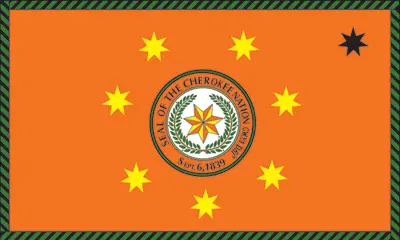
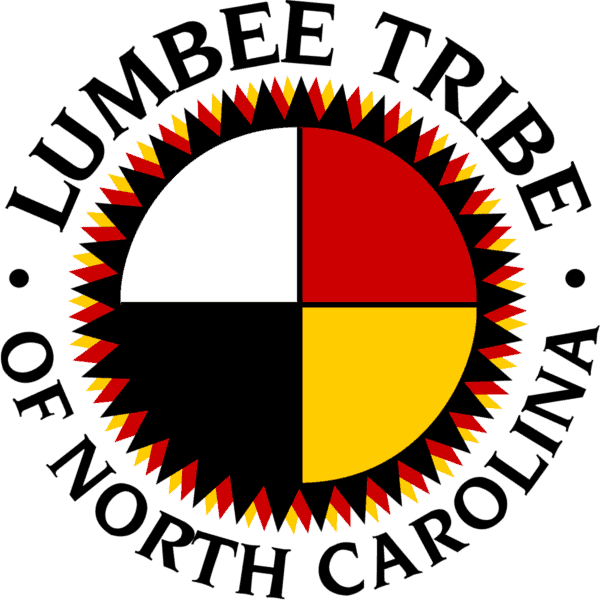
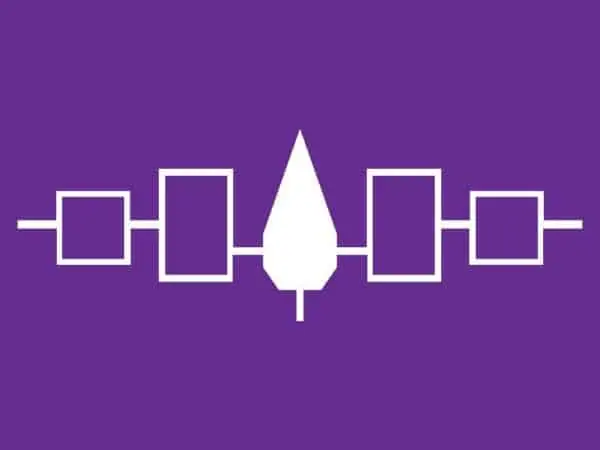
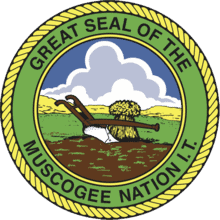


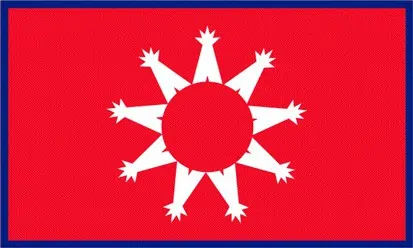
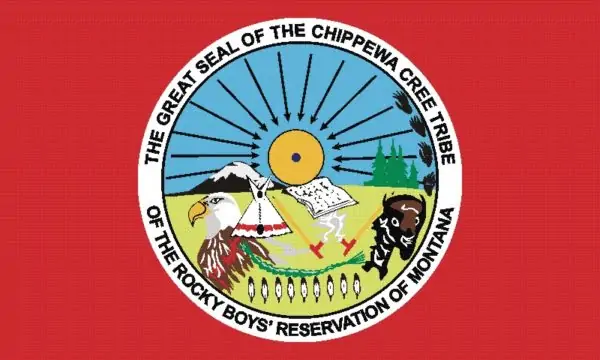
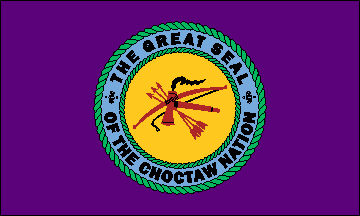
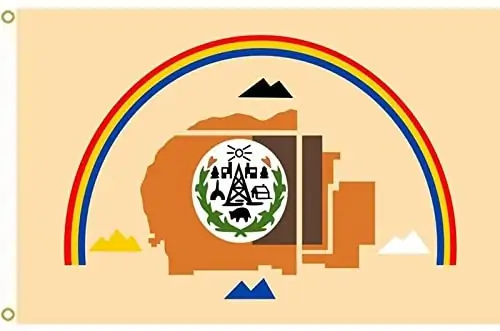

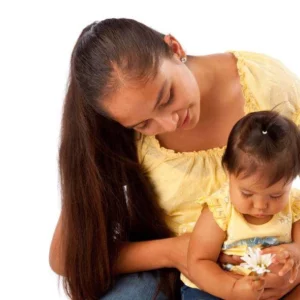

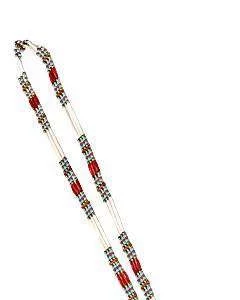
David Bowey
says:HEHEHEHEHEHEHEHEHEHEHEHEHEHEHEHEHEEHHEHEHEHEHEHEHEHEHEHEHEHEHEHEHEHEHEHEEHHEHEHEHEHEHEHEHEHEHEHEHEHEHEHEHEHEHEEHHEHEHEHEHEHEHEHEHEHEHEHEHEHEHEHEHEHEEHHEHEHEHEHEHEHEHEHEHEHEHEHEHEHEHEHEHEEHHEHEHEHEHEHEHEHEHEHEHEHEHEHEHEHEHEHEEHHEHEHEHEHEHEHEHEHEHEHEHEHEHEHEHEHEHEEHHEHEHEHEHEHEHEHEHEHEHEHEHEHEHEHEHEHEEHHEHEHEHEHEHEHEHEHEHEHEHEHEHEHEHEHEHEEHHEHEHEHEHEHEHEHEHEHEHEHEHEHEHEHEHEHEEHHEHEHEHEHEHEHEHEHEHEHEHEHEHEHEHEHEHEEHHEHEHEHEHEHEHEHEHEHEHEHEHEHEHEHEHEHEEHHEHEHEHEHEHEHEHEHEHEHEHEHEHEHEHEHEHEEHHEHEHEHEHEHEHEHEHEHEHEHEHEHEHEHEHEHEEHHEHEHEHEHEHEHEHEHEHEHEHEHEHEHEHEHEHEEHHEHEHEHEHEHEHEHEHEHEHEHEHEHEHEHEHEHEEHHEHEHEHEHEHEHEHEHEHEHEHEHEHEHEHEHEHEEHHEHEHEHEHEHEHEHEHEHEHEHEHEHEHEHEHEHEEHHEHEHEHEHEHEHEHEHEHEHEHEHEHEHEHEHEHEEHHEHEHEHEHEHEHEHEHEHEHEHEHEHEHEHEHEHEEHHEHEHEHEHEHEHEHEHEHEHEHEHEHEHEHEHEHEEHHEHEHEHEHEHEHEHEHEHEHEHEHEHEHEHEHEHEEHHEHEHEHEHEHEHEHEHEHEHEHEHEHEHE
Judy Muhn
says:The name for ourselves, Lakota, means friend or ally – the word “Sioux” is not a Lakota word but a name for us from another tribe and used by the colonists.
CAROL
says:LOVE READING THE ARTICLES, HOPING TO ONE DAY GET MORE INFORMATION ON MY BACKGROUND. MY FATHER WAS NAVAJO AND MY MOM WAS YAKIMA. I HAD AN UNCLE THAT LIVED ON THE NAVAJO RESERVATION BUT PASSED AWAY MORE THAN 25 YEARS AGO. IF SOME ONE COULD DIRECT ME TO WHOM I CAN CONTACT TO REGISTER MYSELF.
Paul G
says:Thanks for writing!
I have several resources on PowWows.com to help you trace your family history.
First, start by reading our information here
https://www.powwows.com/am-i-native-american-how-to-find-my-indian-ancestors/
This page will give you links to more of the content about family history.
Also, I have a free email course about using Ancestry.com to find your Native American family history. The emails take you through Ancestry.com system step by step. And you can do it using their free 14-day trial!
https://www.powwows.com/learn-how-to-find-your-family-history/
Be sure to join our Facebook group to talk with other people search for their family history.
https://www.facebook.com/groups/nativeamericanfamilyhistory
Let me know if you have more questions!
Good luck with your search.
Thanks,
Paul G
PowWows.com
Charlotte WP
says:Thank you for this article – actually I am enjoying PowWows.com. I am about a month new to its content. I find it quite fascinating. I am a African American female from Oklahoma. On my mother’s side, my great great grandmother was 100% Cherokee and she was married to a Buffalo Soldier. I am proud of this heritage and enjoy learning so much from this website. I have not yet found where my African heritage originated from. I hope to attend a pow wow in the area that I now reside (GA) although I have attended a couple when I lived in IL. Thanks.
Benjamin David Anderson Sr.
says:I am in the process of writing another book. This time I decided to write about unknown journey of the Mormon faith from southern California and Utah to North Dakota. They (in my story) encounter Apache, Navajo, and others on this journey. I wondering where can I find a Native American language conversion from their language to English so I can include what they are speaking to the Wagon Master and Guides. My mother is half Apache but deceased.
cindy
says:my great great grandmother was indian from the blackfoot tribe i would like to know how do i find outg if i got indian in me
Paul G
says:Thanks for writing!
I have several resources on PowWows.com to help you trace your family history.
First, start by reading our information here
https://www.powwows.com/am-i-native-american-how-to-find-my-indian-ancestors/
This page will give you links to more of the content about family history.
Also, I have a free email course about using Ancestry.com to find your Native American family history. The emails take you through Ancestry.com system step by step. And you can do it using their free 14-day trial!
https://www.powwows.com/learn-how-to-find-your-family-history/
Be sure to join our Facebook group to talk with other people search for their family history.
https://www.facebook.com/groups/nativeamericanfamilyhistory
Let me know if you have more questions!
Good luck with your search.
Thanks,
Paul G
PowWows.com
Marie Choi
says:Telling people to use Ancestry wont get them tribal recognition. I have numerous Friends who are Tribal members DNA is only used in paternity Suits. My Cherokee friends do FREE Genealogy research for people that believe they maybe Cherokee. Very Few are found to be Cherokee. Also Sites Like ancestry allows anyone to add names to the site, There even a character from a Fictional Book under the Name Francis Corn Blossom listed in some of the lines But as I stated She was a Fictional Character NEVER EXISTED
Frank
says:Hi Cindy, I’ll keep this short in case you don’t receive it. My name is, Frank and I live in Northern California. And why am I writing? I once worked at a UPS STORE and one of our customers was a gentleman named, Joe Morris. And guess what? He was from the Blackfeet tribe. He and I became great friends. And I couldn’t believe I got to know a true blooded Indian. He’s an author and has published book. As I said, I’ll keep this short. If you have the time, write to me. My e-mail: [email protected] Thanks for your time, Frank.
Robb
says:There are 180,000 Chippewa in Canada also… and Kickapoo, Apache in Mexico, they need to be added for accuracy…🙄☕
clinton
says:do colors of feathers matter on dream catcher
Primo Benavides
says:I am United States born second generation America Native from Mexico, MAYA My mother was born in the US. My grandmother was from Mexico. Is it possible to migrate into a federally recognized tribe. I have several second cousins that are Cherokee registered. Respectfully
Teee
says:Tuscarora people, although originally from North Carolina and Canada and being Algonquin-speaking, are members of the Haudenosaunee (I.e. Iroquois Confederacy). Due to major complications of being murdered and taken into slavery by colonists and neighboring tribes, they were inducted into the Confederacy in the early 1700s (I believe 1713, the same time as the Great Migration from North Carolina to New York) and became the [final] 6th nation. They are not included in the Hiawatha belt wampum due to being added into the confederacy after it already began; however, there is a separate wampum that was created for the “induction” to signify joining to Confederacy known as the Tuscarora Taken In belt (named as such because of the Haudenosaunee taking in our tribe for protection and later prosperity).
G mac
says:Free money again that not deserved!!!
Joe
says:Huge variations in the population numbers and rankings, depending on the source. Another site lists the Navajo as the largest tribe, putting the Cherokee at a distant second place with less then 300,000 members. Are the numbers growing or just the cachet of being a native?
Oklahoma
says:There are 3 different Cherokee nations. There are two different Oklahoma based nations which arrived at different times, and the Eastern Band which still resides in ancestral North Carolina. Sometimes, the numbers are combined to give a large total like in this article.
Denise R Farmer
says:What can you tell me about the Yaqui Tribe from Arizona
Sharon Lee Daley
says:My great-grandmother was Mic Mac, in Canada. I had my blood tested and registered as Native in Canada. I was have to prove our ties to the tribe. I had heard rumors but to prove it was exciting. I want to learn more about this tribe and thus learn more about my great-grandmother. How can I find more information about the tribe? I live in Maine now and know there is a small amount living in Maine. Who can I contact for more information?
Chikala Wanji
says:I would suggest starting here! Contact Universities and Colleges first! To get into the right area. They have a ton of information on the Geography! https://www.firstnations.org/ Happy Hunting, Sister!